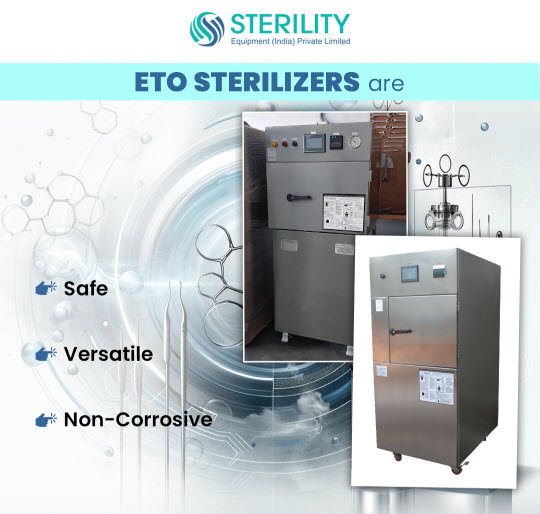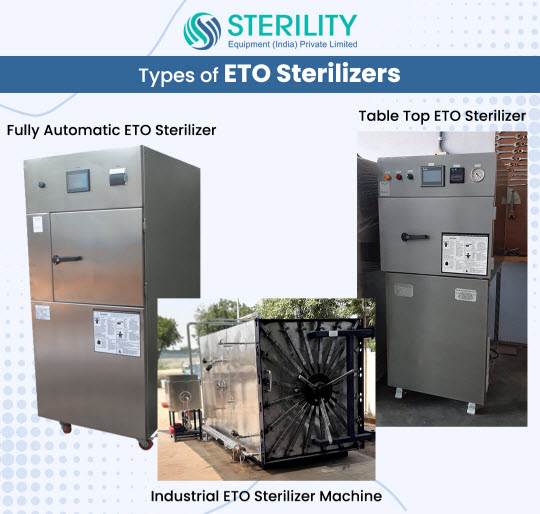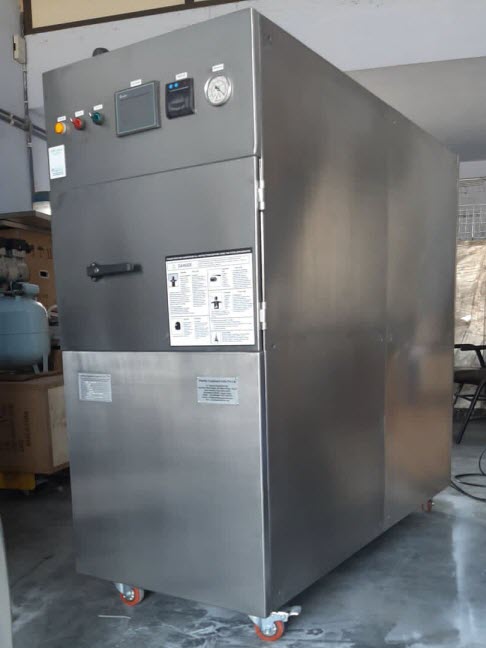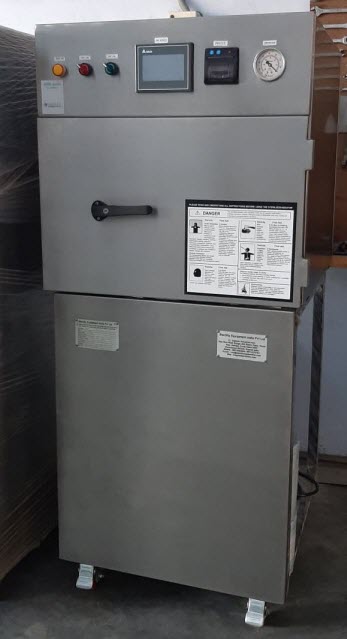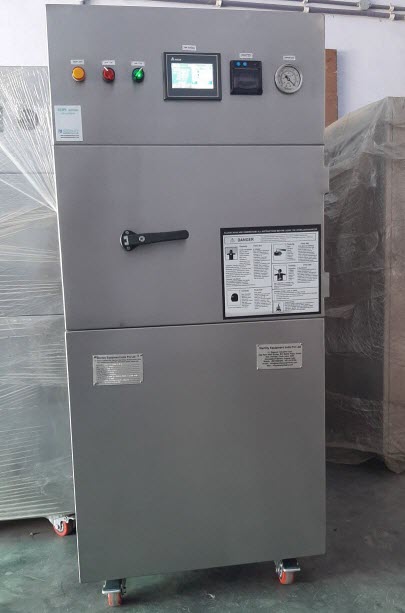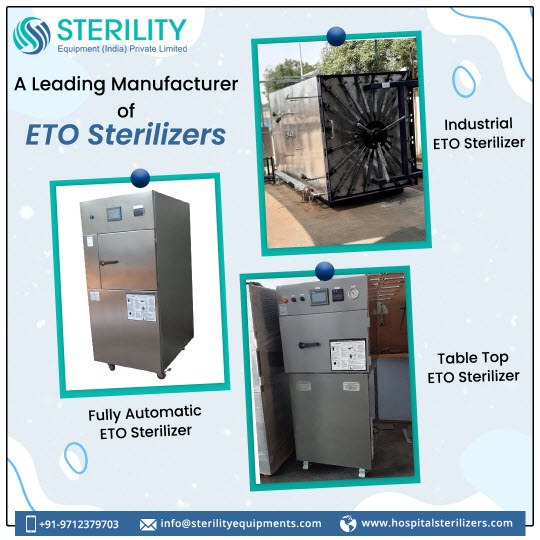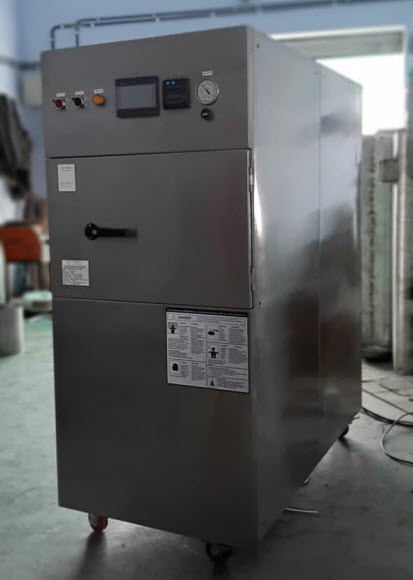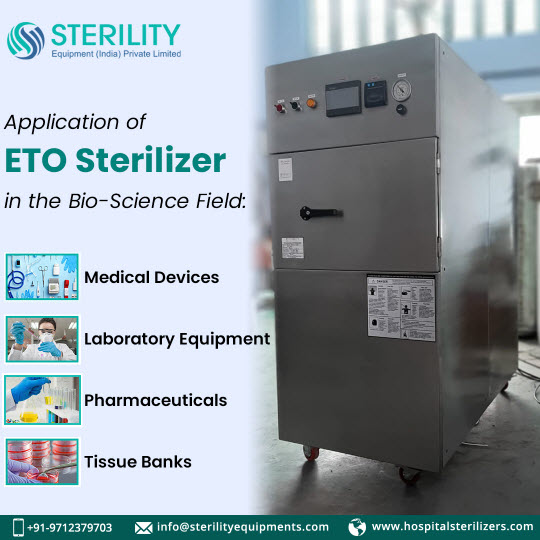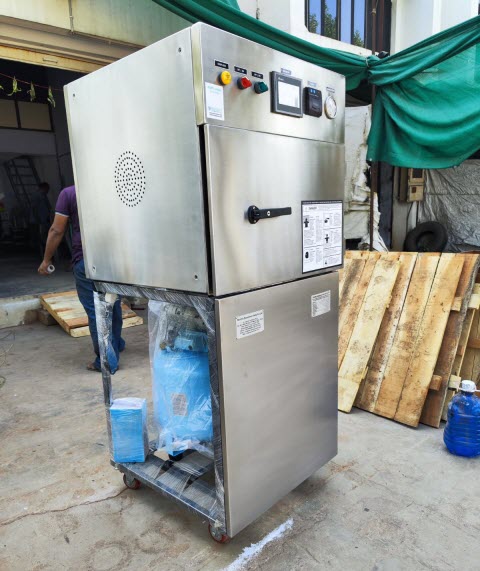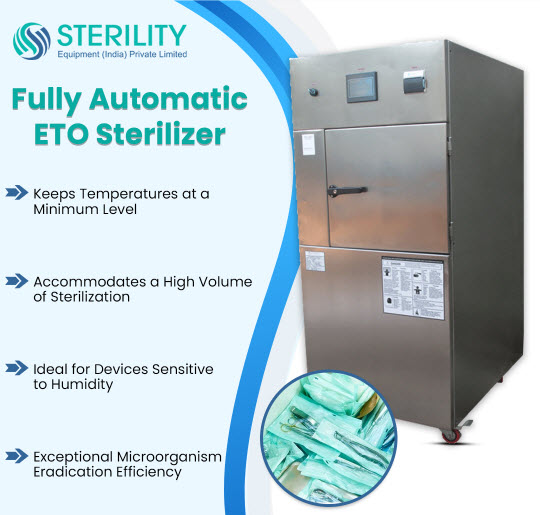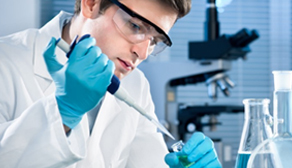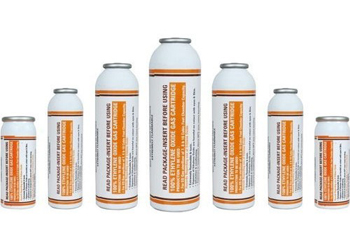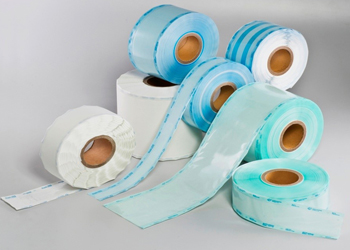Introduction to Key Global Exhibitions
Prominent trade shows worldwide specialize in sterility equipment, showcasing cutting-edge technologies and innovations in sterilization. Exhibitions like Medica in Germany, Arab Health in Dubai, and MD&M West in the USA are renowned for featuring the latest advancements in ETO sterilizers and other sterilization technologies. These platforms attract industry professionals, researchers, and manufacturers from healthcare, pharmaceuticals, biotechnology, and food processing sectors, offering a comprehensive overview of sterilization equipment, regulatory updates, and market trends.
Focus on ETO Sterilizers
Ethylene oxide (ETO) sterilizers are a highlight at these exhibitions, highlighting advancements in efficiency, safety, and environmental sustainability. Exhibitors demonstrate ETO sterilizers equipped with advanced control systems for precise sterilization cycles, improved aeration processes to minimize residual ETO levels, and enhanced safety features to comply with stringent regulatory standards. These technologies cater to diverse applications in medical device manufacturing, pharmaceutical production, and biotechnology research, ensuring reliable sterilization of heat-sensitive materials and complex instruments.
Technological Innovations in Sterility Equipment
Beyond ETO sterilizers, exhibitions showcase a variety of sterilization technologies. Steam sterilizers (autoclaves) are featured prominently for their effectiveness in healthcare settings, utilizing high-pressure steam to eliminate pathogens. Hydrogen peroxide vapor sterilizers offer rapid sterilization cycles and compatibility with heat-sensitive materials in pharmaceutical and biotechnology industries. Radiation-based sterilization systems, such as gamma irradiation and electron beam sterilization, are highlighted for their efficacy in single-use medical devices and pharmaceutical packaging.
Applications and Industries Served
Sterility equipment serves a wide range of industries, including healthcare, pharmaceuticals, biotechnology, and food processing, as demonstrated at these exhibitions. In healthcare, sterilizers are essential for ensuring patient safety through sterile medical devices and surgical instruments. Pharmaceutical and biotechnology sectors rely on sterile environments for manufacturing drugs and biologics. Food processing industries utilize sterilization to maintain product safety and extend shelf life, meeting regulatory standards for food hygiene and quality.
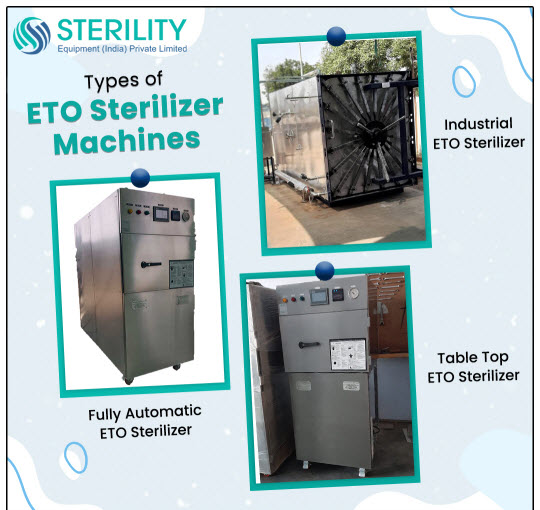
Regulatory and Compliance Considerations
Exhibitions emphasize regulatory standards and compliance requirements for sterility equipment. Equipment showcased meets international standards such as ISO 13485 for medical devices, ensuring safety and efficacy in sterilization processes. Regulatory updates on sterilization validations, sterilization monitoring, and environmental impact assessments are discussed, guiding manufacturers and users toward compliant and sustainable sterilization practices.
Networking and Business Opportunities
Global exhibitions provide vital networking opportunities for industry professionals, facilitating collaborations, partnerships, and business development. Exhibitors engage with potential clients, distributors, and regulatory experts, fostering relationships that drive innovation and market expansion. Networking events, business matchmaking sessions, and industry-specific forums enhance knowledge exchange and promote strategic alliances across the global sterility equipment market.
Educational Seminars and Workshops
Educational seminars and workshops at exhibitions offer insights into sterilization technologies, best practices, and industry trends. Experts present case studies, research findings, and practical demonstrations on sterilization methods, equipment validation, and regulatory compliance. These sessions equip attendees with knowledge to enhance sterilization processes, improve operational efficiency, and navigate evolving regulatory landscapes in healthcare, pharmaceuticals, and biotechnology sectors.
Market Insights and Industry Trends
Exhibitions serve as a barometer for current market trends and emerging technologies in sterility equipment. Discussions and presentations unveil innovations in sterilization automation, integration of IoT and AI technologies, and advancements in eco-friendly sterilization methods. Market insights gleaned from industry leaders and market analysts provide a glimpse into future opportunities and challenges in global sterility equipment markets, guiding strategic decisions and investment in sterilization technologies.
Conclusion
In conclusion, global exhibitions for sterility equipment serve as essential hubs for innovation, education, and industry networking. They illuminate the path forward with advancements in ETO sterilizers and other sterilization technologies, addressing diverse industry needs from healthcare to biotechnology. These events not only showcase technological breakthroughs but also foster regulatory compliance, business partnerships, and knowledge exchange. As we look ahead, these exhibitions will continue to drive advancements in sterilization technologies, ensuring safer environments and higher standards across global industries.

